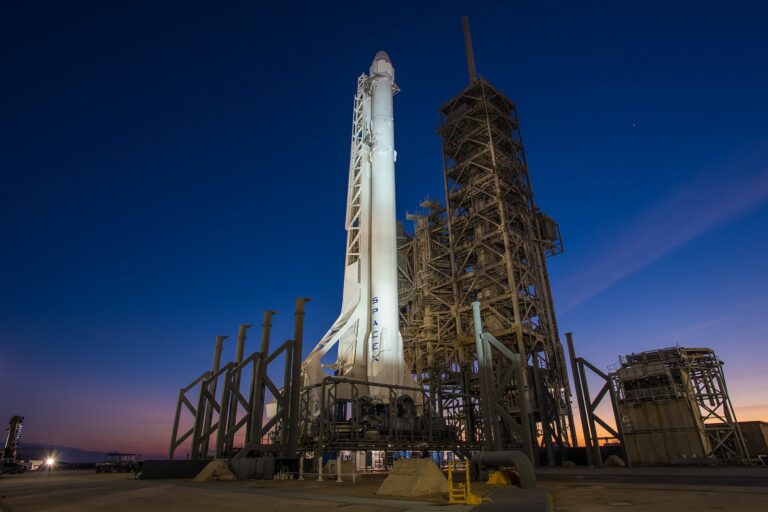A number of NASA scientific instruments are carried by the Astrobotic Peregrine lander, albeit it is not known if it will make the scheduled landing on February 23.
It was a very busy night at the Space Force Station in Cape Canaveral, which is located in Florida. Following a number of years of development, the United Launch Alliance Vulcan Centaur rocket successfully completed its maiden voyage. It was the first lunar surface mission that NASA had conducted since 1972, and it was the Peregrine lunar lander that was launched on its trip to the Moon. In order to assist the National Aeronautics and Space Administration in getting ready for the impending Artemis launches, this robotic mission is a part of the Commercial Lunar Payload Services (CLPS) program which is being carried out by NASA. Even though the launch itself was successful, the designer of the Peregrine spacecraft, Astrobotic, has stated that there are some issues with the spacecraft.
Located at Launch Complex 41, the launch occurred at 2:18 a.m. Eastern Standard Time. ULA’s Vulcan is a design that can be taken apart and reused, and it has sufficient power to transport huge payloads to the Moon. Despite the fact that development began ten years ago, it took a long time to attain this significant milestone. Despite this, the wait was well worth it. Just after three in the morning, Vulcan successfully completed its certification flight and successfully launched the Peregrine spacecraft into space.
The first few moments of Peregrine’s flight were also successful according to the plan. It has been reported by Astrobotic that the avionics, heaters, propulsion, and power controller of the ship have all been brought online and are functioning appropriately. After the launch, however, the corporation noticed a “anomaly” that occurred several hours later. According to the most recent information provided by Astrobotic, Peregrine has been unable to acquire a stable sun-pointing orientation. Although the firm has stated that it is making significant efforts to make the lander functioning, it is not clear whether or not the mission will continue.
An Update on Peregrine Mission One: pic.twitter.com/Q20dGVOMml
— Astrobotic (@astrobotic) January 8, 2024
It is hoped that the five NASA sensors that are carried by the Peregrine spacecraft would be utilized to collect data regarding the environment of the lunar surface, which will make it easier to support future crewed landings. Through the use of the Laser Retroreflector Array, lunar orbiters will be able to precisely detect the location of the lander. Utilizing the Neutron Spectrometer System, the surface will be analyzed in search of any indications of hydrogen (and water). The Near Infrared Volatiles Spectrometer System, which is also capable of mapping surface temperatures, will be of assistance to it in its endeavor. The Linear Energy Transfer Spectrometer is a radiation sensor that will serve the purpose of monitoring radiation from solar events as well as radiation from the surface of the moon. Last but not least, the Peregrine Ion-Trap Mass Spectrometer will investigate the lunar exosphere, which is a thin layer of gas that surrounds the Moon.
We are waiting on Astrobotic to provide us with additional information regarding the nature of this anomaly, but it has some time. Peregrine is making its way toward the Moon, and the date of its arrival is anticipated to be February 23. NASA anticipates that it will continue to function for around ten days if it reaches the surface with all of its systems operational. An unsuccessful mission would be yet another setback for the Artemis Program, which is aiming to send people back to the Moon with the Artemis III spacecraft in the year 2025. The Space Launch System, Artemis spacesuits, and Starship Human Landing System have all had delays in recent times, which poses a risk of delaying the timeframe for their respective projects. I really hope that Peregrine does not add to the litany of issues that Artemis is experiencing.

